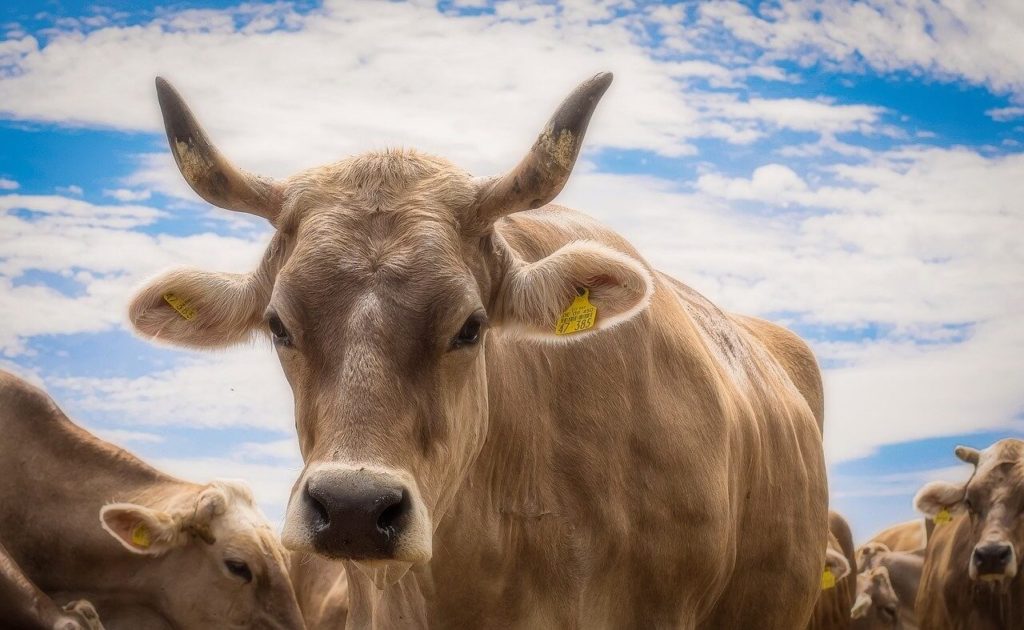

He found himself in handcuffs, charged with a felony. 22 rifle and ended up killing one cow on his own property. Angered and intending to only scare the animals away, he shot his. He came home to 20 cattle trampling his yard. Your Rights and ResponsibilitiesĪ freelance photographer in Arizona forgot to close his gate after driving his mother to the hospital.
CATTLE RANGE LAWS FULL
But they retain full rights in unprotected areas. Livestock are rarely, if ever, allowed to wander within towns. Conservation efforts, such as attempts to save endangered fish species, may also impede open range ranching. Livestock cannot trample protected land such as national parks. Ranchers can rarely graze their livestock on public land just because it exists. Thirteen states, from Texas and Colorado on westward, have some form of open range law. The Nevada Statute in NRS 568.355 defines open range as “all unenclosed land outside of cities and towns upon which cattle, sheep or other domestic animals by custom, license, lease or permit are grazed or permitted to roam.” Though the regulations differ state by state, open range is defined the same. Where open range ranching still exists, the rules are simple: if you don’t want cattle on your property, build a fence. It made more sense to build a costly fence around houses and businesses than around the entire range. But they were rarely challenged where livestock outnumbered people. The solution was to outlaw the enclosure of public land.Įventually civilization grew with the development of railroads and mining, and laws developed within the more heavily populated areas to control the cattle. Vigilantes cut fences while states tried to enforce fencing. But this led to problems where ranchers fenced off land they didn’t own, keeping out other ranchers who had just as much right to graze their cattle on the same hills. Because unbranded “maverick” animals were unidentifiable, they could be claimed by anyone who could capture them.īarbed wire was invented in the 1870s as a cheaper way to contain the cattle. Ranchers branded their livestock to identify them.

Then the cowboys rounded the grown cattle and drove them to market. Cowboys moved cattle from hill to hill so they could calve and grow while consuming what grass and water was available.
CATTLE RANGE LAWS FREE
And before the western territories even became states, land which wasn’t privately owned was free for public use. Laws governed little at that time, including how cattle were to be raised.

Pioneers traveled in wagons, staked a homesteading claim, and built houses. Government-owned property, such as BLM or Forest Service land, may not have fencing at all. In some of the more vast areas, fences haven’t yet been built but the rancher still has rights to range on the land. But the West is more wild, rugged, open and laid back. Within most places in Canada and the eastern United States, owners are required to fence in their livestock.


 0 kommentar(er)
0 kommentar(er)
